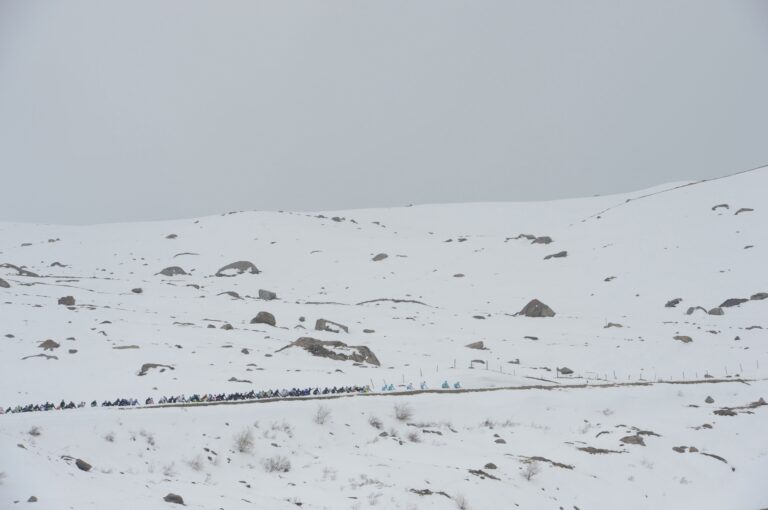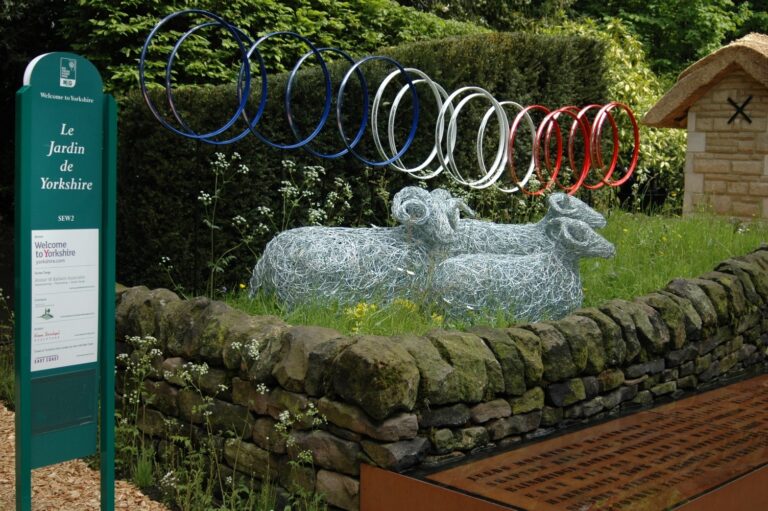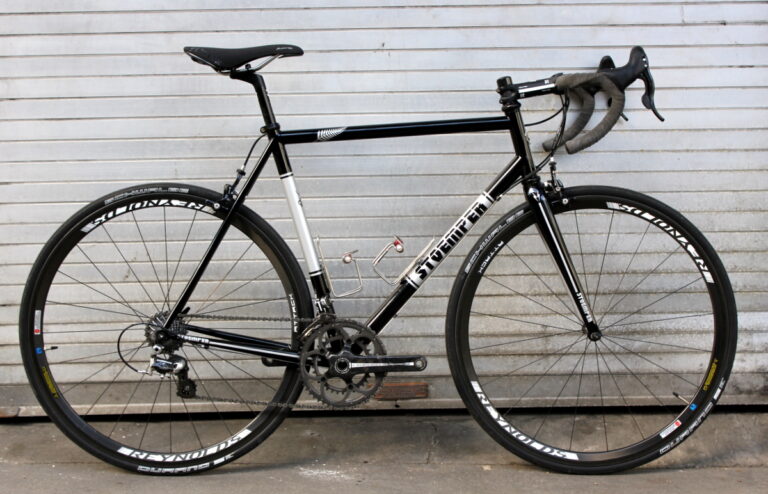An understanding of technique and how to use your strength are critical if you want to climb effectively out of the saddle.
Even more costly on the cardiovascular system than seated climbing, a standing climb uses more muscle groups and requires a fit and functional core if you are going to effectively transfer power from your upper to lower body and vice versa. Aside from sprinting, it is the most ‘whole body’ form of exercise on the bike for cyclists.

Strength and power for shorter hills
Though you can develop endurance out of the saddle, having a solid and practiced standing technique will help you most for shorter, steeper, punchier climbs. When you are no longer able to produce enough leg strength to climb a gradient seated, standing allows your upper body to get involved and contribute to your forward momentum and overall power.
Standing raises your heart rate more quickly than sitting because of the greater oxygen cost of more muscles being involved, so often can send you towards your threshold and above fairly quickly. However, with practice it is possible to become efficient enough to stand for fairly long periods (depending on the gradient) or to move in and out of the saddle to alternate the load between the legs and the cardiovascular system. This ability to change your riding posture can also help you avoid stiffening and tightening up, and makes you a more dynamic rider in group situations, allowing you to accelerate and respond to changes in pace and terrain at will.
Standing climbing – a whole body workout
When you stand, your upper body must stabilise against a stronger ‘push and pull’ with the legs, and the arms and torso can actively assist by moving the bike sideways. If you don’t do it often, standing will feel difficult and uncoordinated, but like any skill, with practice you can improve. You have to be able to stand and climb effectively to get up short, sharp climbs, but choosing to stand on more moderate climbs can help develop the muscular strength and co-ordination you will need to stimulate and ‘wake up’ your core.
Sometimes the steepest climbs are not the best place to practice when you are not used to climbing out of the saddle or working your core and back by pulling hard on the bars. Without adequate strength and preparation, you may be vulnerable to injury, so it is sensible to practice your standing climbing technique on moderate hills first, even if you would find it easier to change down a few gears and sit down. One thing is certain, seated climbing will not help you become a better ‘out of saddle’ climber and vice versa. The strength and power requirement is completely different, so don’t expect one to transfer to the other.

Transitions
Practising your transition from seated to standing and vice versa is important too, especially if you have a rider following you and don’t want them to run in the back of you.
- As you transition from seated to standing make sure you are in a gear that feels a little too high to stay in the saddle. Start to pull on the bars and keep pressure on the pedals as you stand up. If there is a pause in your pedalling circle it may cause a problem for a rider behind who is drafting your wheel. This is most likely to happen if you are only pushing down and not pulling up as well.
- Once you are out of the saddle, focus on an arm-led action with your arms pulling left and right across your body so that the bike leans from side to side while you stay fairly still, stepping on the pedal as it is positioned underneath you.
- As you transition from a standing to seated position, focus again on maintaining pressure on the pedals and a continuous pedal circle, maintaining the upstroke emphasis until you have regained your seated rhythm.
Fitness factors to consider
Upper body strength is important if you want to maximise your out of the saddle climbing power. You can stand without it, but you will not really achieve the change of pace that is possible until you really work your arms and upper body. Core strength is what connects an active upper body with the working legs. Without it, it is difficult to develop optimal climbing technique too. The correct timing and co-ordination between upper and lower body are essential to integrate the two together to move you forwards.
If you find a standing climb difficult, it may be that you are not strong enough in your upper body or most likely in your core, so including some appropriate core exercise off the bike can help to activate and engage these muscles so that you have the potential to then use them effectively when you climb out of the saddle. Once you have some core potential getting the two ends of your body working well together is something that can only be practised on the bike, and as with any of the other skill elements it requires conscious practice.





